How to know it's the real deal
Over the last 20 years, engineered wood fiber has been the most utilized surfacing in the commercial playground industry. It is very affordable, will last for years, and meets basic ADA accessibility needs. Due to its popularity, there are numerous sources producing engineered wood fiber. Unfortunately, there are also a lot of companies producing similar wood playground surfacing that is either sub-par material or simply wood chips or mulch. In addition, many credible companies rely on local mills to manufacture and deliver the material. How can you be sure that you are getting the real thing?
First, we need to define engineered wood fiber. Thankfully, ASTM has done this for us and set a standard for the industry. According to ASTM F2075, engineered wood fiber is defined as “processed wood that is ground to a fibrous consistency, randomly sized, approximately 10 times longer than wide with a maximum length of 2 inches, free of hazardous substances, and meets the criteria of this specification.”
- Size: A sieve analysis is used to determine compliance.
- Metal Particles: No metal particles in excess of .5 inches are allowed.
- Heavy Metal Concentrations: The standard on Toy Safety is referenced (F963).
Unless you are a testing laboratory, you probably don’t have the equipment to perform a sieve analysis or a quantity of hydrochloric acid to extract the heavy metals. So the question remains—how can you be sure you are getting the real thing? There are several steps that you can take to protect your interests.
So the question remains—how can you be sure you are getting the real thing? There are several steps that you can take to protect your interests.
Qualify the Source
IPEMA has set up a third-party certification to test suppliers’ materials (www.ipema.org). Not only do they verify compliance with ASTM 2075, but they also test for compliance with ASTM F1292
Check for Documentation
All suppliers should have testing reports verifying compliance with ASTM F1292.
Check the Load
Do not allow delivery if you are not able to be there to check it. It is a lot easier to reject a load before it is dumped on the site. Being there also allows you to dictate where it is delivered if the play area is not accessible by the carrier. Engineered wood fiber is generally delivered by a 55-foot, live bottom trailer, so site limitations can affect how near the material can be delivered. Most of the time a driver will not be willing to drive over a curb or sidewalk for fear of damaging the vehicle.
When the driver arrives, ask to inspect the load. You will notice that the trailer is not completely full. Like a box of cereal, the load will generally settle some during transit. Also, the quantity is often limited by weight restrictions. If there has been a lot of rain, the engineered wood fiber will be moist, and the weight limit may restrict the truckload to 75 or 80 cubic yards. The product should be almost all wood with very little bark in it. There should be very few–if any–pieces more than two inches long.
Look for Colors
If you see any red, blue, or other non-wood colors, you can assume you are getting non-virgin wood. Some suppliers will supplement their loads with material from pallets, countertops, and other scrap sources. Do not accept this material. You cannot presume that there are no toxic chemicals in the wood or nails from shredded pallets. It is best to stick with virgin material. The last thing you need is for a child to play on surface material consisting of shredded pallets that were used to carry a toxic chemical that leaked—and that’s not to mention the nails!
Look for Large Pieces
Even the best supplier will have a couple in a load as they can slip through the screens. However, an unscrupulous mill may remove the screens to speed up production. If there are a lot of large pieces, reject them. An 8-year-old child can find a lot of creative uses for a spear or sword-sized piece of wood, but you probably don’t need the liability exposure.
If a load is already dumped or installed and you find that it is not up to standards, demand that it is removed immediately. Do not accept a discounted price or favors. If you specify and order engineered wood fiber, the supplier has a responsibility not just to the buyer but also to the children using it, to deliver the real product. Anything else will be a liability hazard. You do not know if it meets fall heights, it may not be accessible, and it may have toxic materials. Many municipalities will supply mulch from yard waste for free. This is not an appropriate material for a public playground. Not only is it usually chipped rather than ground, it can have a lot of dangerous materials in it. Free mulch can turn into a school-wide poison ivy epidemic or worse—an expensive legal problem. A properly qualified source will protect you from legal issues and remove the question of negligence, which is the key factor in the difference between a suit that is thrown out and a large verdict or settlement.
Get a Third Party Involved
Have a qualified auditor inspect and audit the play area when complete. This ensures that an unbiased professional is certifying that what you have contracted to be done was done within the parameters of the ASTM guidelines. It is another layer of protection for you and is also responsible for risk management.



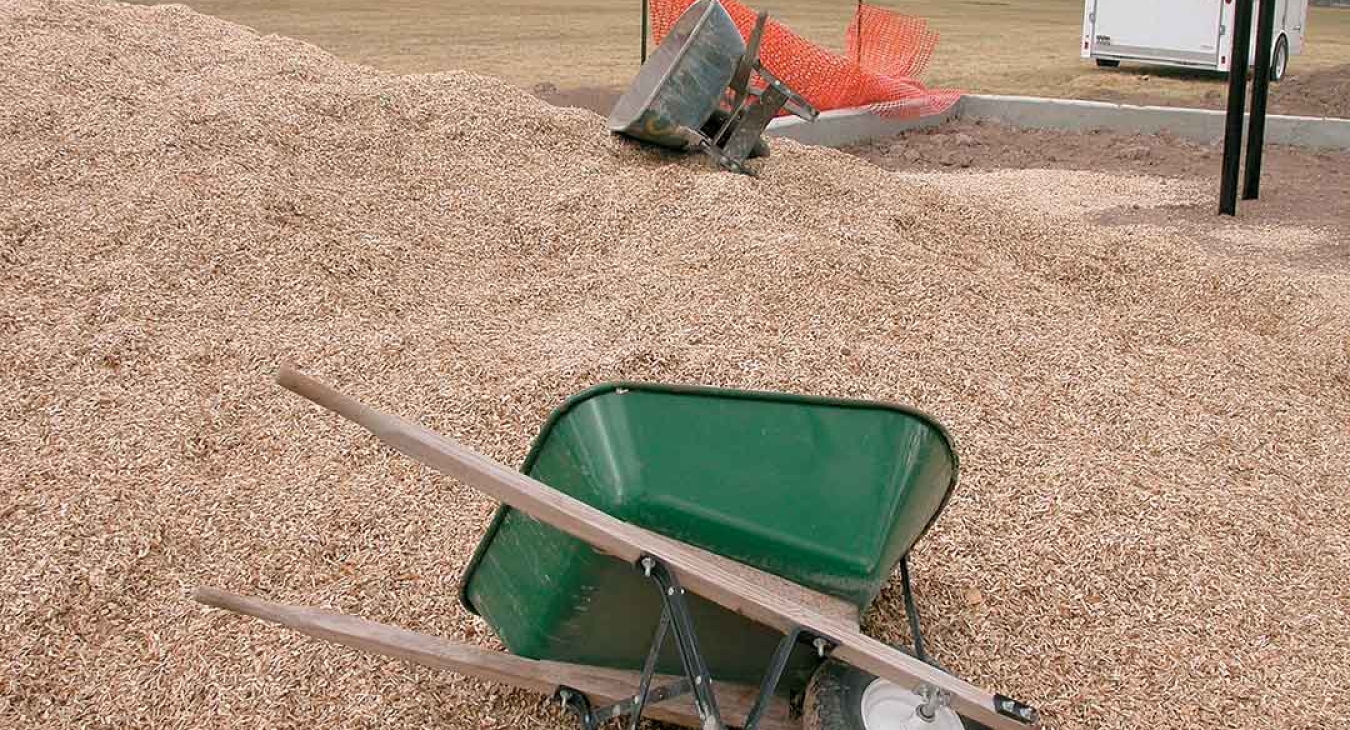

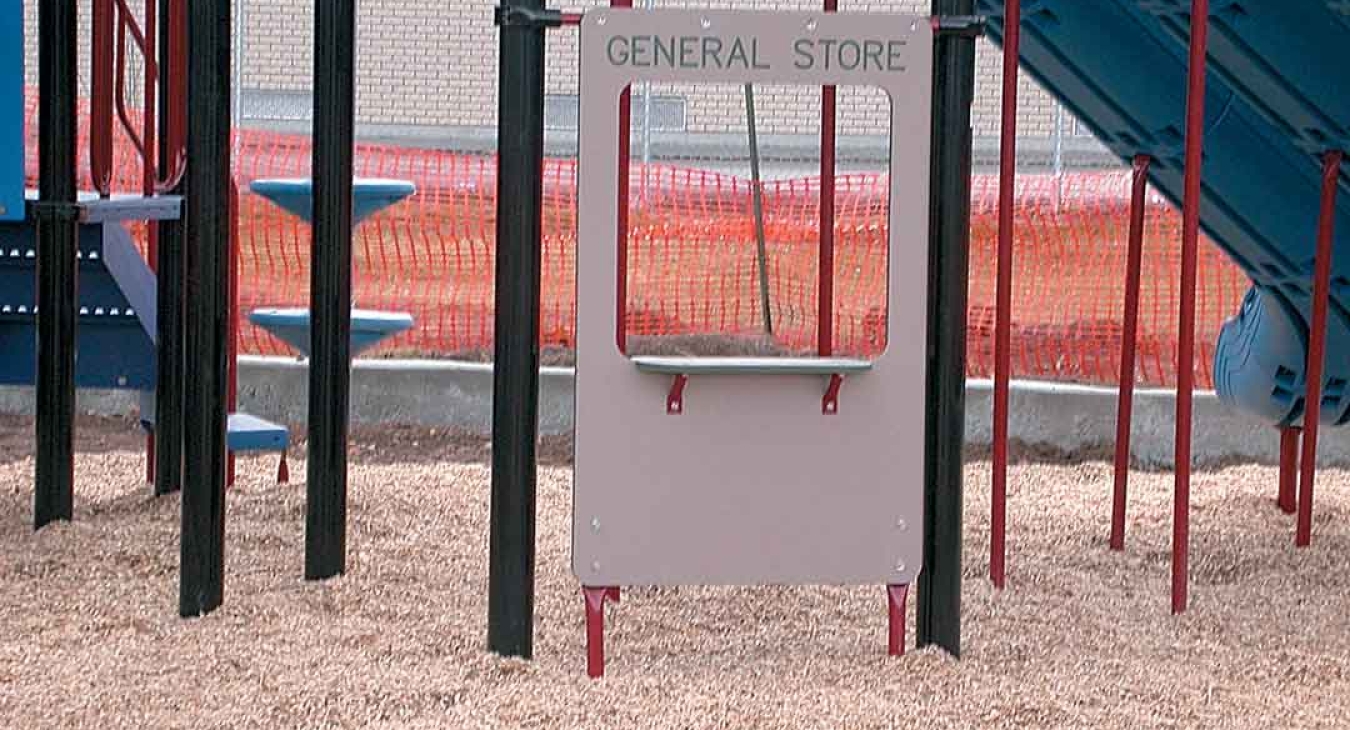
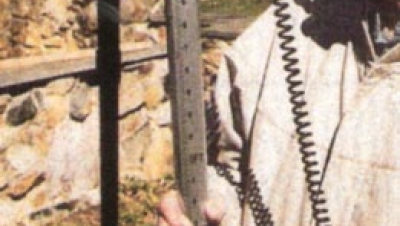
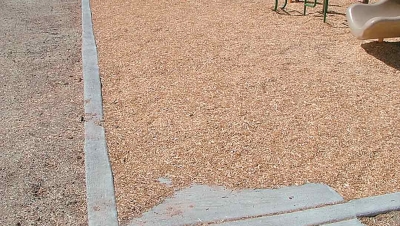
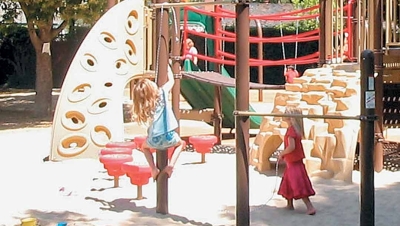


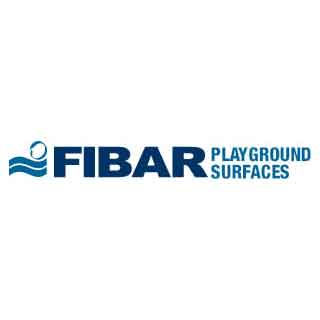
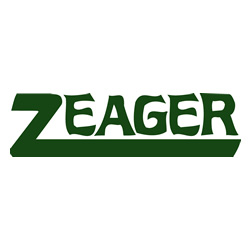
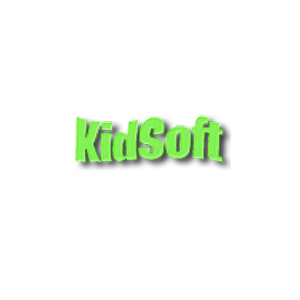
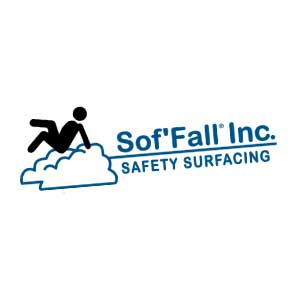
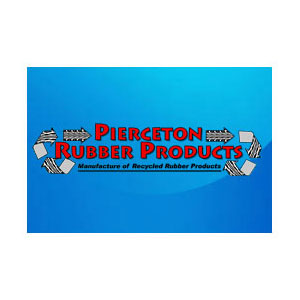
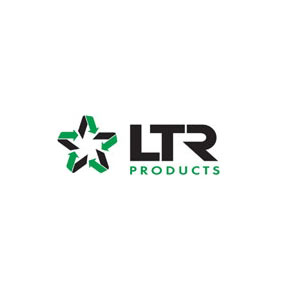
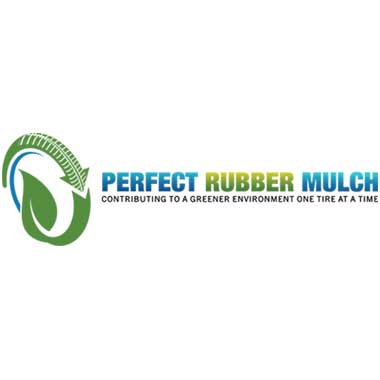
This article on the other…
This article on the other hand DID in fact explain what Engineered Wood Fiber is- even though the other article claimed to describe it...
EWF producer list
Is there a current list of producers that provide certified EWF? Regional or state listings would be ideal.
Add new comment